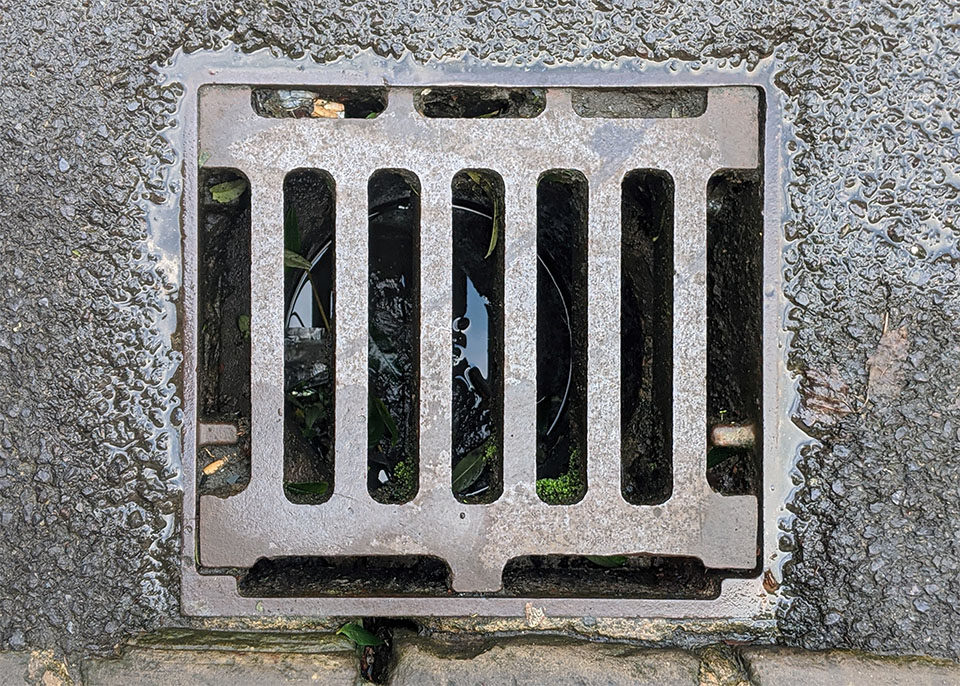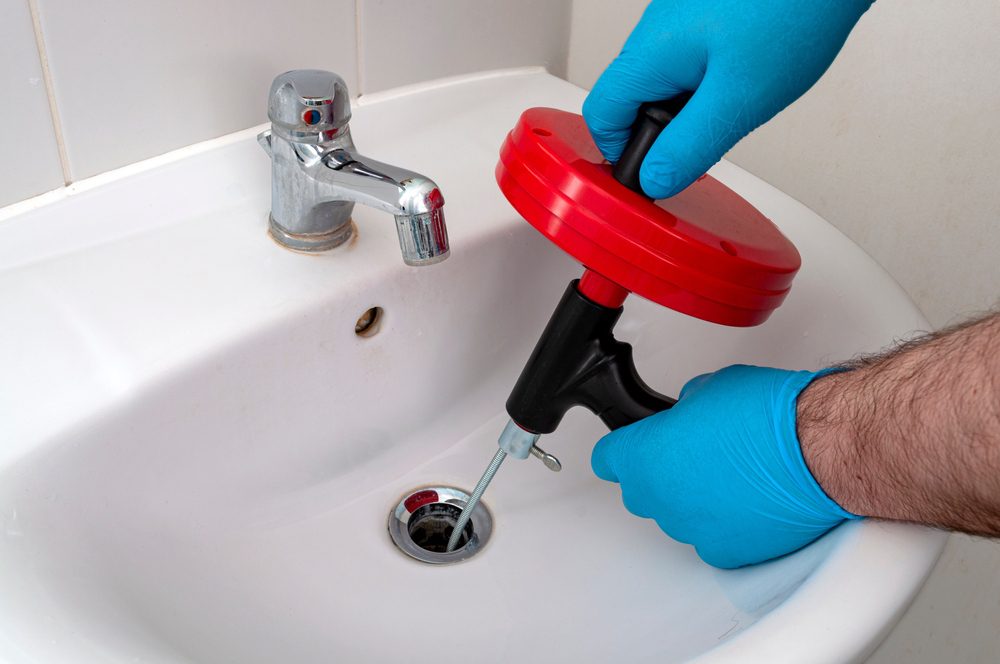Advice for Addressing a Blocked Drain Before Contacting Expert Assistance
Advice for Addressing a Blocked Drain Before Contacting Expert Assistance
Blog Article
Just how do you really feel with regards to How to handle a clogged drain in your home?

Introduction
Dealing with a blocked drainpipe can be an aggravating experience, interrupting daily activities and possibly causing damage to your building. However, before reaching out to plumbing professionals, there are steps you can require to deal with the problem yourself. In this guide, we'll check out DIY options and preventive measures to deal with a blocked drain properly.
Determining the Issue
The initial step in dealing with a blocked drain is recognizing the signs. Slow-moving drainage, gurgling audios, foul odors originating from drains pipes, or water backing up are common indications of a blocked drain. Recognizing these signs early can assist prevent better problems.
Picking the Right Pipes Solution
When picking a pipes solution, consider elements such as experience, licensing, and client reviews. Select a reliable plumbing technician with a track record of high quality workmanship and clear rates methods.
Expense Considerations
The price of expert drain cleaning company can vary relying on the intensity of the blockage and the plumber's prices. Demand quotes from numerous providers and inquire about any surcharges to make certain transparency and stay clear of shocks.
Safety Precautions
When attempting do it yourself drain cleansing, focus on safety and security. Wear safety handwear covers and glasses to stay clear of contact with hazardous chemicals or germs. Never blend various drain cleansing items, as this can produce harmful fumes.
Case Studies
Real-life instances illustrate the performance of do it yourself solutions and the importance of timely expert intervention in settling drain obstructions.
Common Causes of Blocked Drainpipes
Understanding the factors that add to drain pipes obstructions is necessary for reliable resolution. Typical wrongdoers include hair, soap scum, grease, food particles, and foreign objects like sanitary products or paper towels. Tree origins getting into below ground pipes can likewise cause substantial blockages.
DIY Solutions
For minor obstructions, several do it yourself options can be reliable. Pouring boiling thin down the drain can assist dissolve oil and particles. Baking soda and vinegar or a blend of salt and cooking soda can function as natural cleansers. Using a plunger or plumbing serpent to displace blockages is another option.
Devices and Tools
Having the right tools on hand can make do it yourself drainpipe cleansing much more efficient. A plunger is a functional tool for getting rid of clogs in sinks, toilets, and showers. A plumbing serpent or auger can get to much deeper clogs, while drain cleaning chemicals can be utilized meticulously for persistent clogs.
Safety nets
To avoid future clogs, embracing preventive measures is crucial. Install drain guards or filters to catch hair and debris before they enter the pipes. On a regular basis flush drains with hot water to dissolve oil buildup, and stay clear of dealing with grease or strong waste away.
When to Call a Professional
While DIY solutions can fix minor clogs, certain indicators indicate the requirement for professional assistance. Relentless blockages, foul odors in spite of cleaning initiatives, or multiple drains backing up all at once are red flags that call for expert treatment.
Conclusion
By adhering to the ideas described in this overview, you can properly tackle blocked drains and prevent future pipes problems. Whether going with DIY solutions or looking for professional aid, timely action is crucial to preserving a healthy and balanced pipes system and protecting the integrity of your home.
How to Clear a Clogged Drain Yourself (And When to Call In the Professionals)
What Can Clog a Drain
Dirt Skin flakes Hair Grease Soap scum Food Offset pipes Tree roots Small objects Mineral buildup DIY Tricks to Unclog a Drain
You can fix this! Once you have identified the source of the clog (or have a vague idea), you can try one or a combination of these fixes in order to clear your plumbing.
Wire Hanger or Snake
Untangle and clear out hair from a drainpipe with a homemade snake. Use a straightened-out wire hanger with a 90-degree angle hook to locate the clog and drag out any unwanted material.
Remember not to push the clog further down to where the wire hanger cannot reach! If you need to follow up with a plunger, give it a try. Your efforts might be more successful after it’s been wire-snaked.
If you want to get fancy and don’t have a wire hanger to spare, head to the store and pick up a hand-operated drain snake. You can get one for $10-$30. It may save you the hassle, and provide additional length to reach deep into the clogged pipe.
Plunger
A cup plunger has a suction cup attached to a wooden handle. The rubber creates a seal around the drain, and increases the pressure force of the plunger.
Plunge for 30-second increments to loosen the clog. This may need to be repeated over the course of 15-20 minutes. Once plunged, run the water to flush the remaining material out of the drain.
Remember– never use a plunger if you have used a chemical drain cleaner. These chemicals can splash up from the force of the plunger and cause serious injury or burns.
Boiling Water
Hot water can sometimes break up materials into a flushable amount. Dirt, grease, and soap buildup requires heat in order to unstick from surfaces.
Take your kitchen kettle and heat your water to a boil. Once it reaches a rolling boil, pour it directly down the drain into the blockage. Carefully follow with plunging, if necessary.
Don’t worry if this takes more than one try! It can often take multiple kettles and repeated plunging in order to clear a particularly stubborn clog.
Chemical Drain Cleaner
As a last resort, pick up a bottle of chemical drain cleaner. Drain-cleaning chemicals are potent, and not very good for the environment.
You may need to wear protective eyewear in gloves before handling your bottle of chemical drain cleaner. Follow the instructions printed on the bottle, and flush with water as soon as the instructions allow. Do not follow with plunging.
Baking Soda and Vinegar
As a safer alternative to chemical drain cleaner, baking soda and vinegar can create a chemical reaction that clears tough clogs.
Combine one cup of cleaning vinegar with one cup of boiling water, and set aside. Once you have done this, pour half a cup of baking soda down the drain. Give the baking thirty seconds to settle and cover a large portion of the problem drain.
Following the baking soda, pour down your vinegar and hot water solution. Once the vinegar and baking soda combine, the mixture will bubble and fix. Let this reaction fizzle in the drain for about an hour.
After an hour, follow with a kettle’s worth of hot water. The heat and liquid should flush out any remaining material.
When to Call a Plumber
If your DIY attempts haven’t cleared your clog drain, it’s time to call in a professional. It’s not worth losing access to your kitchen sink or high-traffic bathroom. A clog in a vital area can keep you from the things you’d rather be doing, and derail your routine.
Anytime a clog is causing water to spread is a time to call in a plumbing service. What starts out as a little bit of water can quickly grow into serious, expensive water damage.
Additionally, a serious clog can result in burst pipes or serious leaks. Make sure you know when to take it seriously!
https://myguysnow.com/how-to-clear-a-clogged-drain-yourself-and-when-to-call-in-the-professionals/

We were brought to that write-up on What I learned from trying to deal with a clogged drain from a pal on our other web page. Enjoyed reading our review? Please share it. Help another person check it out. Thanks for going through it.
This Page Report this page